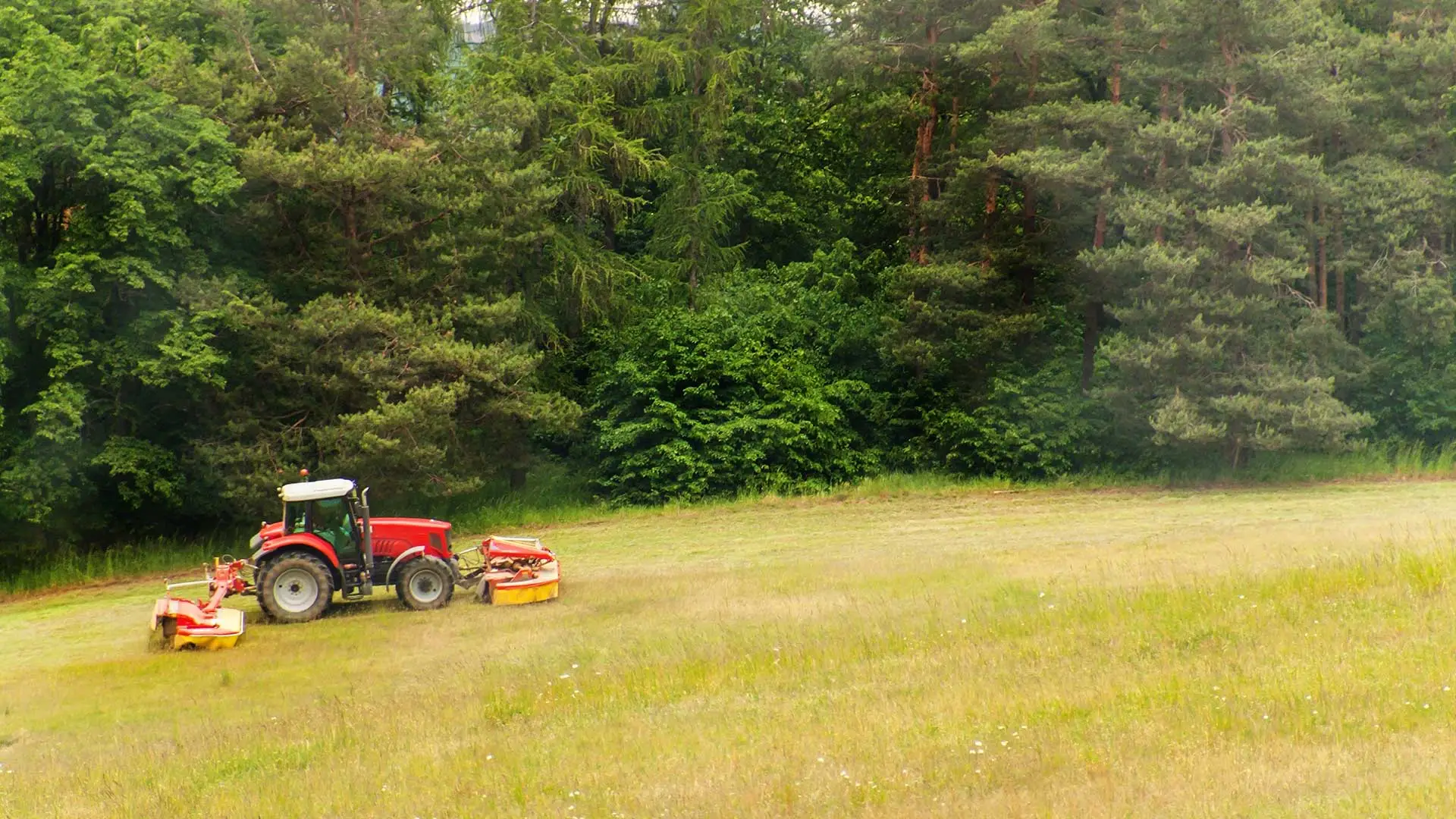Nutsedge is a common weed found in lawns and in most areas where grass can grow. It thrives in a variety of conditions and its presence often means that turf is stressed and less competitive due to poor drainage, too much irrigation, extreme heat and or an abundance of rain.
Although grass-like in appearance, nutsedge can easily be identified by its triangular stem. You can roll the stem with your fingers and feel the distinctive triangular edge. The nutsedge will protrude above the canopy of your lawn because of rapid growth and the yellowish-green leaves contrast with the uniformity of color. Ever wondered which 4” tall weed that was only 2 days later after cutting your lawn….NUTSEDGE!
Nutsedge is difficult to control and can reproduce by seeds. Most of its rapid growth is vegetative, through the production of rhizomes (underground stems from which plants can sprout. While the above ground shoots/leaves might be removed or appear to die off, the underground rhizomes and tubers may still survive and give rise to more plants. This is why mowing or pulling nutsedge is often ineffective. The rhizomes spread underground laterally and can quickly invade other areas. You might try to control an area of nutsedge only to find it “pop up” in an adjacent area.
Products such as Sedgehammer, Image, or Dismiss effectively control nutsedge because it is translocated through the plant’s vascular system to reach the rhizomes. It is important that the nutsedge be actively growing when you make an application as a stressed plant will not efficiently translocate the herbicide within the sedge. Several liquid treatments may be required to get this weed under control and to keep your lawn looking its best.




Comments (0)
Thanks for your comment!
Thanks for your feedback! Your comments have been successfully submitted! Please note, all comments require admin approval prior to display.
Error submitting comment!
There is a problem with your comment, please see below and try again.